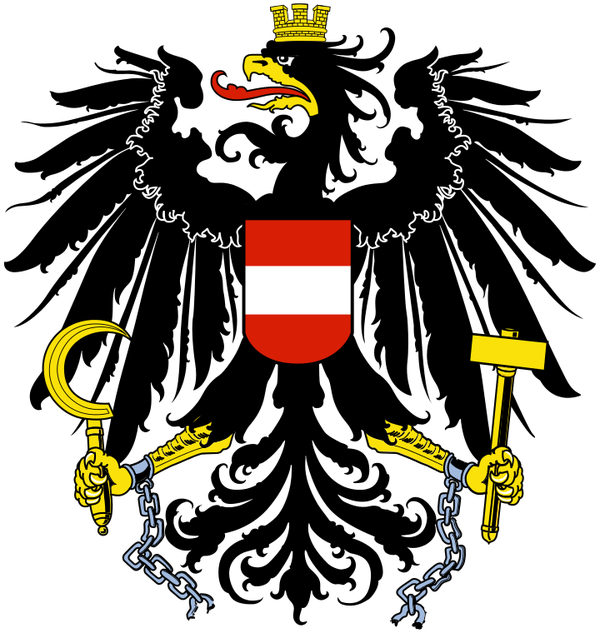
Driving Routes in Peru
Peru is not just a country in South America, it is an amazing combination of cultural heritage, mountain peaks and breathtaking natural landscapes. For those who want to explore all this on their own by car, it is important to know not only the beauty of the country, but also the traffic rules, document requirements and driving features.
Required Documents for Driving in Peru
Before you drive in Peru, make sure you have all the necessary documents: national driver's license, international driving permit, passport and, if you are renting a car, a copy of the rental agreement. Obtaining an international driving permit is possible through specialized organizations and takes relatively little time.
Traffic Rules and Driving Features
Driving in Peru can offer unpredictable challenges due to the road conditions. Here's what you need to know:
Driving on the right: Please note that in Peru you drive on the right side.
Intersections: At uncontrolled intersections, give priority to traffic on the right.
Speed limit: Speeds are limited to 60 km/h in cities and 100 km/h on highways.
Use of hazard lights: In some cities, poor visibility and congestion require the use of hazard lights.
Checkpoints and Local Features: During your travels in Peru, you may encounter police checkpoints where attempts to collect bribes may sometimes occur. A good solution would be to travel with a local guide who knows the language and the peculiarities of communicating with law enforcement agencies.
Road Routes and Gas Stations: When planning your trip, keep in mind that many roads in Peru have toll roads, and gas stations in remote areas may be rare. Have enough fuel and route information in advance.
Following these rules and recommendations will allow you to enjoy traveling through Peru, exploring its rich cultural heritage and natural beauty in your own car.

